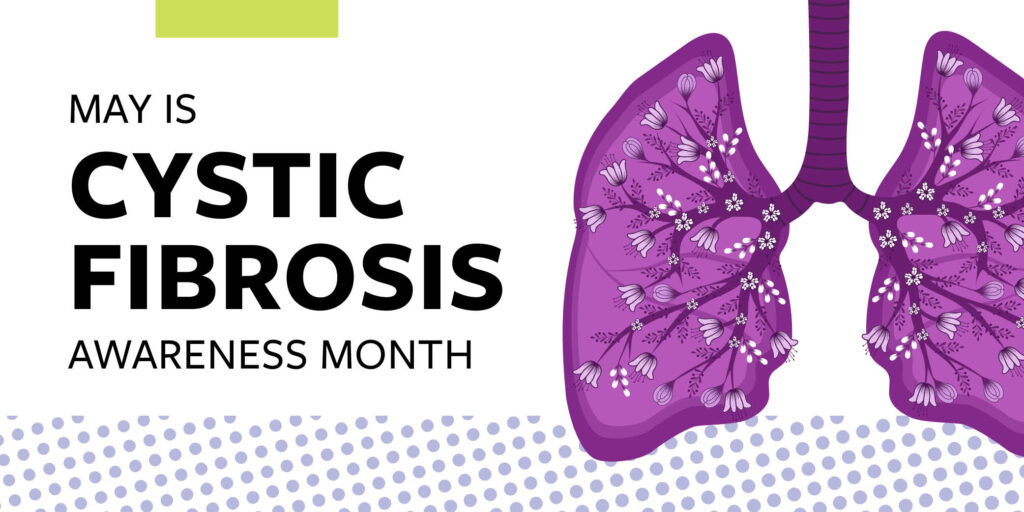Systemic Lupus Erythematosus
-related nerve damage
Lupus is a broad term for several autoimmune disorders that weaken the body’s immune system by producing antibodies that attack healthy cells, tissues and organs. The name “lupus” usually refers to the most common form, systemic lupus erythematosus. This disease is called systemic because it can affect many parts of the body. It is characterized by inflammation and damage to different tissues and organs with many symptoms including fatigue and fever, swollen or painfully inflamed joints, and skin rashes. Lupus may affect the kidneys, heart, lungs, blood and blood vessels, central nervous system and peripheral nerves. It may suddenly flare up and then retreat into remission.
1.5Million
1.5 million Americans, and at least five million people worldwide, have a form of lupus.
27%
Peripheral neuropathy (PN) occurs in 5–27% of people with systemic lupus erythematosus (SLE)
90%
90% of cases are female
The cause of lupus is unknown, but it is believed that genetic, environmental and other factors may trigger the disease. Research indicates that lupus may run in families, but to date it has not been linked with a specific gene. It is thought that a combination of several genes may increase the chance of developing lupus. It is not possible to transmit lupus from person to person.
The Centers for Disease Control and Prevention estimate that 1.4 million Americans—mostly women—have lupus. Nevertheless, lupus is difficult to accurately diagnose. There is no definitive test for lupus and symptoms may change over time.
While there is no cure for lupus, the symptoms can be managed with medication. Research currently underway is focused on providing a greater understanding of the disease and finding ways to maintain remission. It is hoped that research will ultimately lead to a cure.
Symptoms & Signs
(Not all symptoms and signs may be present)
- Anemia
- Fatigue
- Fever
- Hair loss
- Headaches, seizures
- Kidney problems
- Loss of appetite, nausea, diarrhea
- Rash across the face and nose
- Raynaud’s phenomenon (pale or purple fingers or toes from exposure to cold temperatures)
- Skin ulcers inside mouth and on the tongue
- Sensitivity to sun
- Serositis (inflamed linings of organs such as the heart and lungs causing chest pain and difficulty breathing)
- Swollen joints
- Swollen glands
- Pain, numbness and tingling in hands or feet
Evaluation & Tests
(Not all evaluation and tests may be necessary)
- Neurological exam
- Electromyography
- Nerve conduction velocity test
- Antinuclear antibody (ANA) test
- Blood tests (for presence of antinuclear [ANA] antibody and for sedimentation rate determination)
- Urine test
- Biopsy of skin or kidney
Treatment & Therapy
(Not all treatments and therapies may be indicated)
Treatment focuses on relieving pain by reducing inflammation, slowing joint and bone damage and improving the ability to function with the disease.
- Rest and exercise programs
- NSAIDs (aspirin, ibuprofen and Aleve®) to reduce joint inflammation and pain
- COX-2 inhibitors (Celebrex® ) for pain and inflammation
- Antimalarial medication (hydroxychloroquine [Plaquenil®]) to suppress immune response
- Corticosteroids (prednisone [Deltasone®], hydrocortisone, methlyprednisolone [Medrol®], dexamethasone [Decadron®, Hexadrol®]) to suppress inflammation
- Immunosuppresive medications (azathioprine [Imuran®], cyclophosphamide [Cytoxan®, Neosar®] to slow or reduce immune response
- Take safety measures to compensate for loss of sensation
Today, doctors are exploring a link between pre-diabetes (also known as impaired glucose tolerance or IGT) and peripheral neuropathy. Approximately 10% of adults in America have what is being called “pre-diabetes” or “borderline diabetes”—a condition where the body has higher than normal blood sugar levels, but not high enough to be diagnosed as true diabetes. If left untreated, people with pre-diabetes are at risk of developing type 2 diabetes, heart disease, and nerve damage (which could result in peripheral neuropathy.)
People with pre-diabetes or IGT can significantly reduce their risk of developing type 2 diabetes through diet, exercise and learning to control their blood sugar levels.
Symptoms
(Not all symptoms and signs may be present)
People with IGT often have no symptoms. People who actually have diabetes—and who therefore are at greater risk of developing peripheral neuropathy—often don’t realize it because the symptoms of diabetes come on so gradually. Pre Diabetic symptoms and its complications include:
- Frequent urination
- Blurred vision
- Constant thirst
- Fatigue
- Frequent infections
- Cuts and bruises that heal slowly
- Tingling or numbness in the hands or feet
Tests
(Not all evaluation and tests may be necessary)
To test for pre-diabetes:
- Blood test
- Oral glucose tolerance test
Treatments
(Not all treatments and therapies may be indicated)
- Over-the-counter pain medication for mild pain
- Take safety measures to compensate for loss of sensation.
- Ask your doctor about special therapeutic shoes (which may be covered by Medicare and other insurance).
The first sign of diabetic neuropathy is usually numbness, tingling or pain in the feet, legs or hands.
Over a period of several years, the neuropathy may lead to muscle weakness in the feet and a loss of reflexes, especially around the ankle.
As the nerve damage increases, the loss of sensation in the feet can reduce a person’s ability to detect temperature or to notice pain. Because the person can no longer notice when his/her feet become injured, people with diabetic neuropathy are more likely to develop foot problems such as skin lesions and ulcers that may become infected.
Diabetic neuropathy may suddenly flare up and affect a specific nerve or group of nerves. When this occurs, the result may be weakness and muscle atrophy in various parts of the body, such as involvement of the eye muscles or eyelid (e.g., causing double vision or a drooping eyelid) or thigh muscles. Alternatively, neuropathy caused by diabetes may slowly progress over time. It also can interfere with the normal functioning of the digestive system and sexual organs.
Symptoms
(Not all symptoms and signs may be present)
- Numbness, tingling, or pain in the toes, feet, legs, hands, arms, and fingers
- Indigestion, nausea, or vomiting
- Diarrhea or constipation
- Dizziness or faintness due to a drop in blood pressure especially when rising to a standing position
- Problems with urination
- Erectile dysfunction (impotence) or vaginal dryness
Tests
(Not all evaluation and tests may be necessary)
- Comprehensive foot exam
- Physical examination
- Neurological exam
- Electromyography
- Nerve conduction velocity test
- Quantitive sensory testing (QST)
- Nerve or skin biopsy
- Blood studies (to verify diabetes (e.g., HbA1C) and to rule out other potential causes)
Treatments
(Not all treatments and therapies may be indicated)
The goal of treatment for diabetic neuropathy is to relieve discomfort and to prevent further tissue damage. The first step is to bring blood sugar levels under control by diet and medication. Another important part of treatment involves taking special care of the feet.
- Over-the-counter pain medication for mild pain
- For severe pain, take over-the-counter pain medication or prescription drugs used for peripheral neuropathy, on a regular basis—rather than waiting until nighttime when symptoms can become more severe
- Keep blood sugar levels in normal range
- Get regular exercise
- Maintain a healthy weight
- Antidepressants (for pain relief)
- Foot care: inspect your feet daily for injuries
- Special Therapeutic shoes (which may be covered by Medicare and other insurance)
- Take safety measures to compensate for loss of sensation
Resource library
Read our newsletter and explore educational brochures to help expand your knowledge of peripheral neuropathy.







